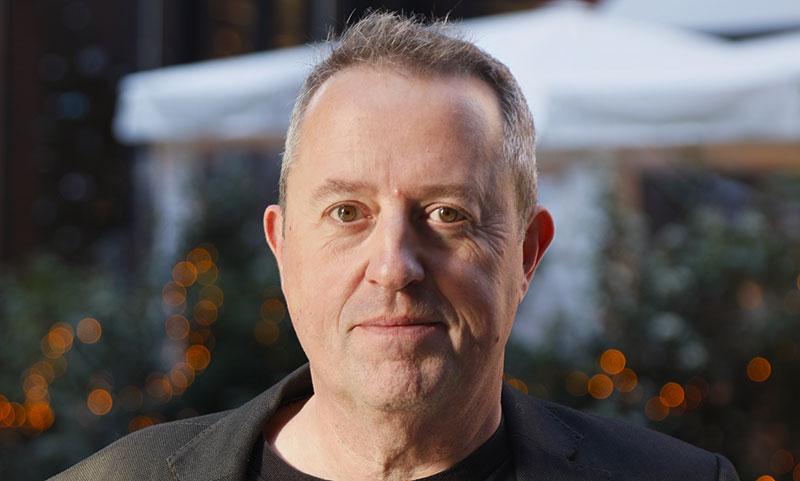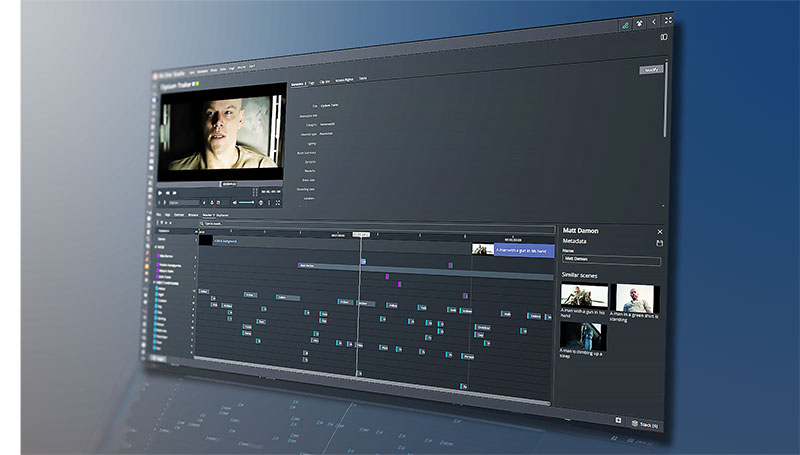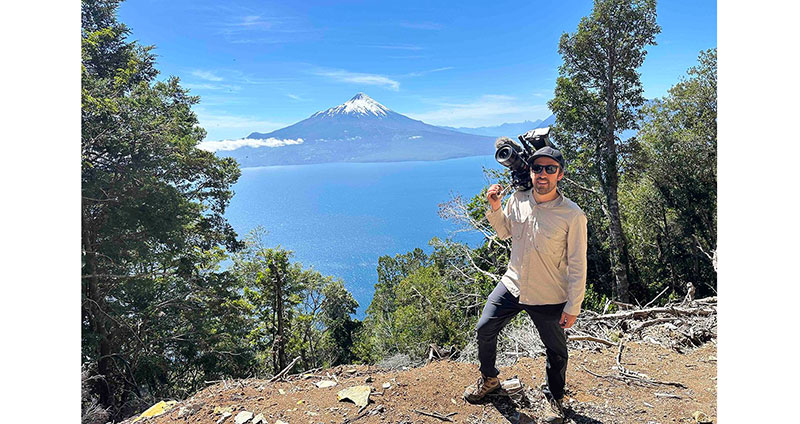Pankaj Bajpai at Picture Shop talks about grading and creating looks for Netflix’s ‘Bridgerton’ using Baselight to create onset LUTs and maintain consistency across the show’s three series.
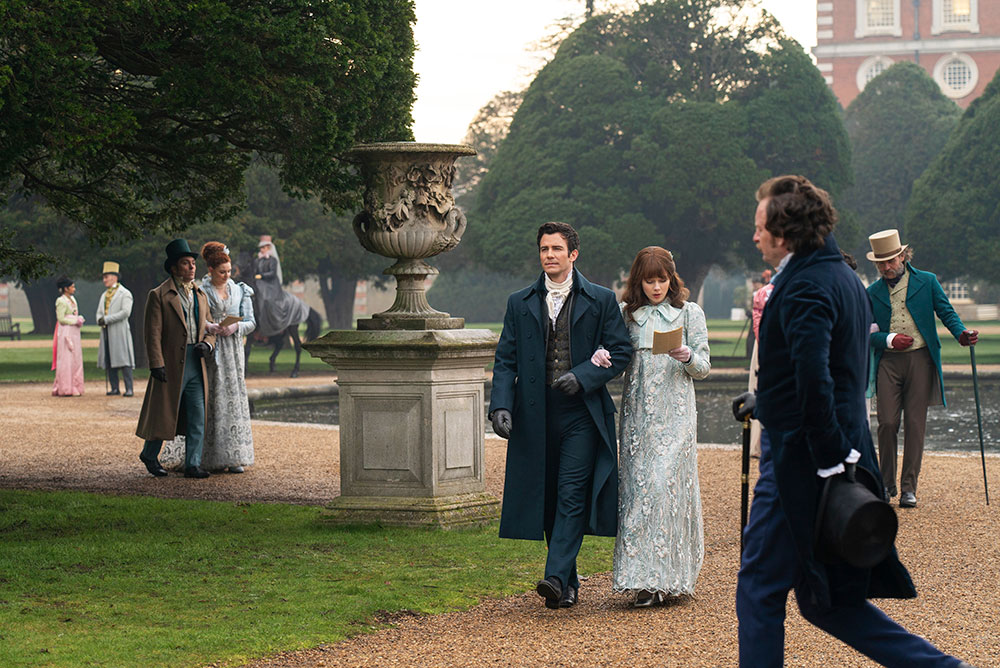
Netflix drama series Bridgerton is the work of multiple directors and cinematographers. Across the three seasons of the show, Jeffrey Jur has been the lead DoP, working with colourist Pankaj Bajpai at Picture Shop in LA. Pankaj and Jeffrey have worked together on projects for nearly 20 years.
Pankaj is a big believer in starting colour work as early as possible, to help establish relationships within the creative team – especially for a big show like Bridgerton. “Many factors play crucial roles in the visual aesthetic of a film or show,” he said. “The production designers, make-up artists, actors, lighting and direction are all critical to creating the way viewers understand the story visually. It is not a singular act of the colourist but a collective process that combines many different minds.
“This is why I always aim to get deeply involved at pre-production. For example, I am currently working on a show where production designers, wardrobe, DoP, executive producers and directors have already spent hours in my grading suite – and they are still three months away from starting to shoot.”
Mixing It Up on Set and in Post
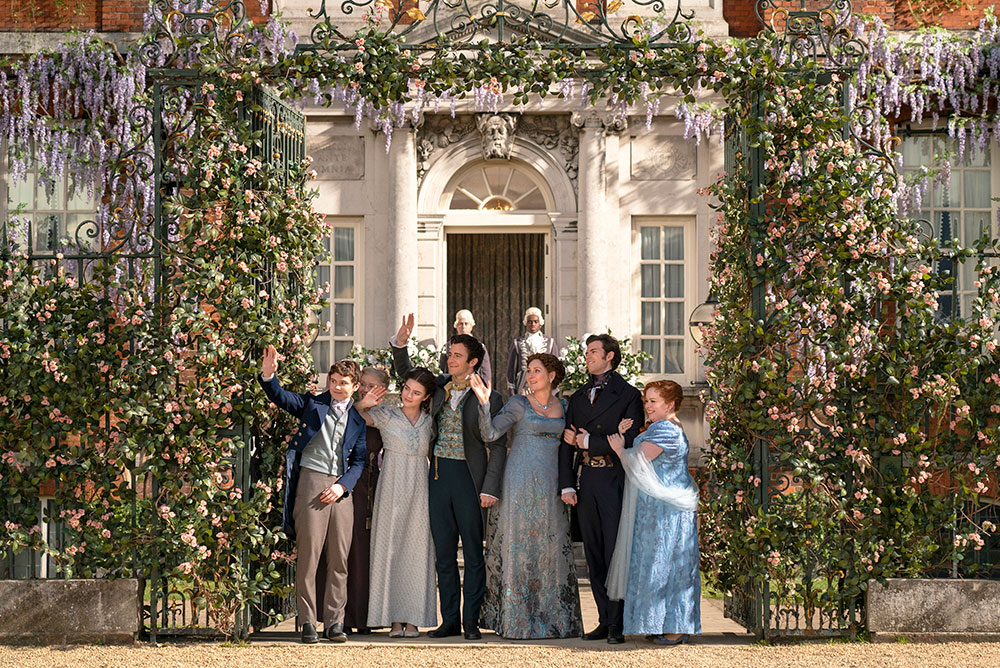
The Bridgerton story is based on a book series by Julia Quinn and centres on the wealthy Bridgerton family as they shake up high society, romance and scandal. As Jeffrey and Pankaj worked together on the look of the series, their early discussions focussed on what they could do with a show that was set in 19th century England, but features Lady Gaga tunes in the sound track. “We talked about how we could get that temporal jump to happen visually, but still complement what we were trying to do in terms of a look,” Pankaj said.
“The production was also a very interesting project for me because it is made up of so many diverse elements. The actors and actresses come from all kinds of ethnic backgrounds with a variety of skin tones. To put all these elements together was very exciting for Jeff and me because it left us without a particular show or visual style to use as a reference. As a result, we built a look entirely from scratch, based on the needs of the show.”
He described the more than 7,000 pieces of costume in the first season, meticulously put together based on the fabrics that worked best with each actor's or actress’ skin tones. Therefore, Pankaj wanted their look to highlight the wardrobe, as well as the hair, make-up and other key props like the queen’s wigs. “The production team was shooting scenes in incredible, historical locations with real structures, but the creations inside them were completely fantastical, so we were keen to ensure everything stood out,” he said.
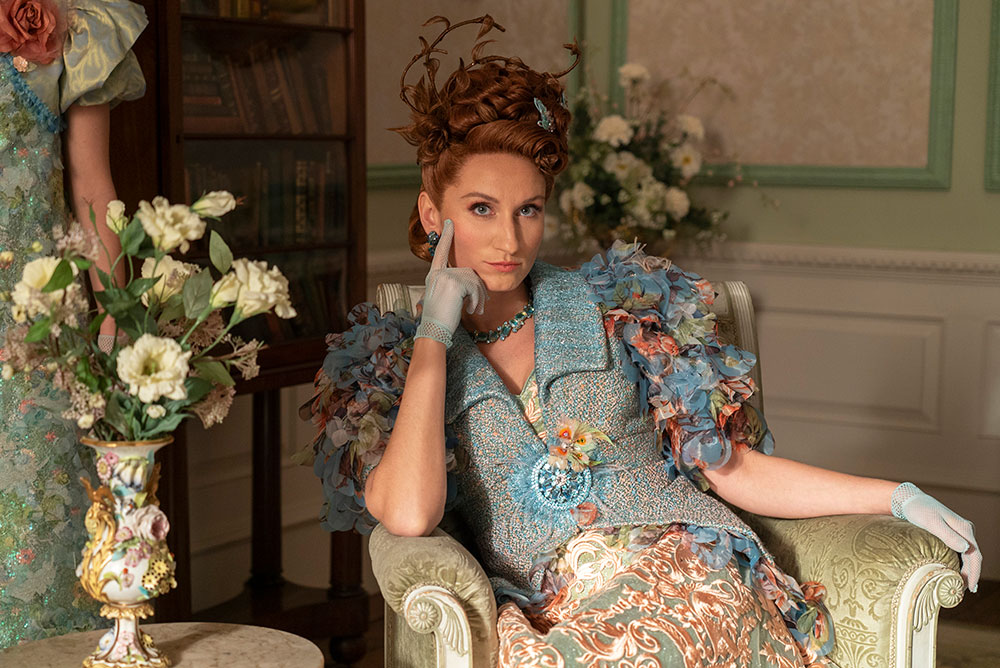
“It was largely about setting up the right atmosphere on set and then in post, to create what the show needed. It had to feel real, glamorous and attractive, all at once, which made our primary task fairly simple – just making sure everything popped. We didn’t need to sit for hours analysing references or seeking inspiration. That’s also the benefit of having worked with someone for so long – very quickly, we both understood the job in front of us.”
Dynamic LUTs
Pankaj likes to work with LUTs to support the vision from production through to post. For series one of Bridgerton, he used FilmLight Baselight to develop a set of LUTs that have now been used across all seasons.
He said, “Although the look we were aiming for was fairly simple, simplicity can be hard. To help with look development while working on season one, I built four LUTs for use in production. I enjoy working with LUTs, as they put the look in the camera on-set, so you can see how those colours will translate into the story, and what the show will ultimately be on screen. This technique puts everyone on the same page at the start, and means there are no surprises later on.
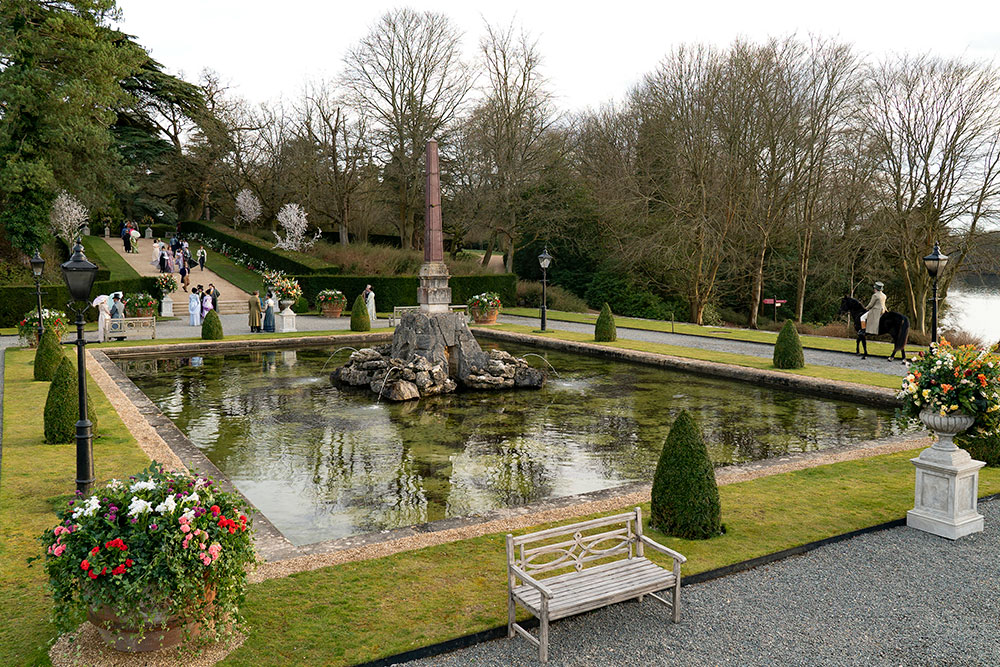
“The four LUTs I built for season one, which are still being used on the current series, may have evolved slightly as the content progressed, but they have continued to work throughout.
“For example, at the beginning of season three, we have an episode set entirely in moonlight – the moonlit ball. This episode required its own look, so the LUT and the process had to evolve slightly. The challenge for us was to maintain the richness of the look and remain faithful to the colours and fabrics, faces and skin tones, while giving the specific scene what it needed.
“Meanwhile, of course, we are still applying our creativity during final finishing. Using the new tools now Baselight, we try to build on everything that was filmed – nevertheless, the essence of the LUTs have been the same throughout.”
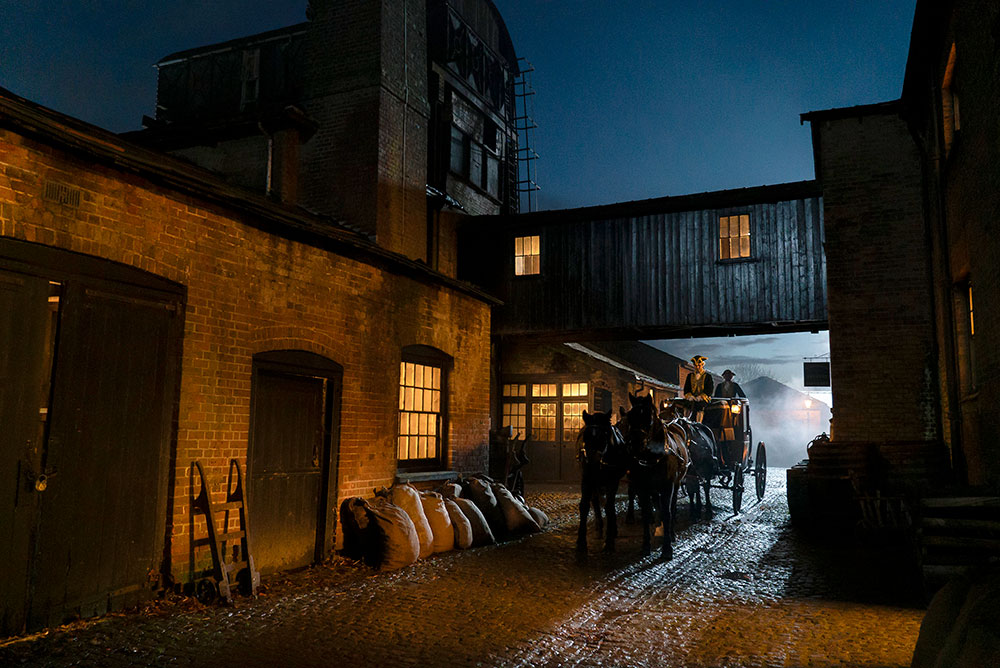
Scene-Referred Looks in Chromogen
“The Chromogen look development tool, added to Baselight version 6.0, was incredibly useful. Looking ahead to season four of Bridgerton, I'll be refining and updating some of the LUTs, with Chromogen playing a significant role in these changes.”
Because FilmLight created Chromogen to produce scene-referred looks, it especially suited working with the varied source material and different lighting scenarios on the Bridgerton sets. Chromogen’s colour sector manipulation can be combined with stages of treatment addressing colour saturation, colour crosstalk, highlight bleaching, brilliance reduction and other characteristics that can be reordered.
Chromogen operates in FilmLight’s new opponent, or perceptual, colour space that is based on the idea of three opponent channels. Each channel is made up of an opposing colour pair – red versus green, blue versus yellow and black versus white (corresponding to luminance). This colour space specifically addresses modern, wide-dynamic-range camera data.
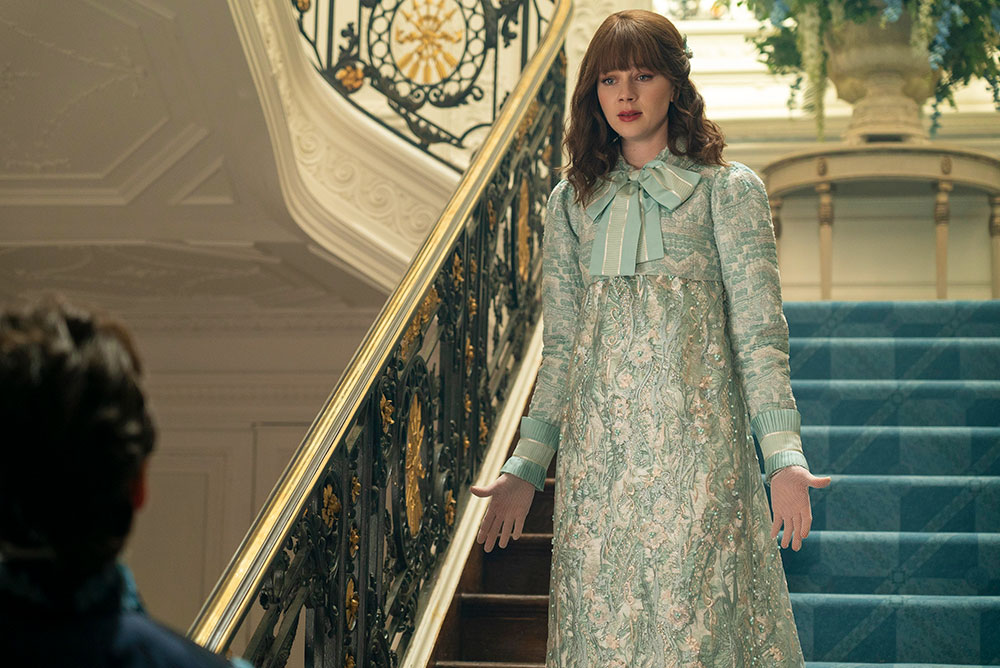
FilmLight has also re-created a set of standard looks using Chromogen, which serve as a guide for users either to build their own Chromogen looks, or to edit their favourites. The finished look can be saved as a preset for use later in post, or exported as a LUT for use on-set.
Seeking Consistency
Another challenge for Pankaj was to create a consistent look for the viewers, while achieving the creative intentions of the show’s various directors and DoPs. “Every DoP has his or her own style, which I want to preserve,” he said. “But at the same time, the show is its own brand now, and the audience has a level of expectation. It’s important that, when we are in the final stages of finishing, we make sure not to homogenize anything, but to meet the audiences’ expectations.”
Pankaj was using the new Flare tool in Baselight as well as the updated version of Curve Grade to ensure he maintained this familiarity and consistency, regardless of the unpredictable UK weather. Curve Grade is now colour space-aware – the new perceptual colour space gives the user natural control over RGB curves, even when working with scene-referred images with a wide dynamic range – giving smooth, accurate handles. Curves can also be applied to the Exposure channel.
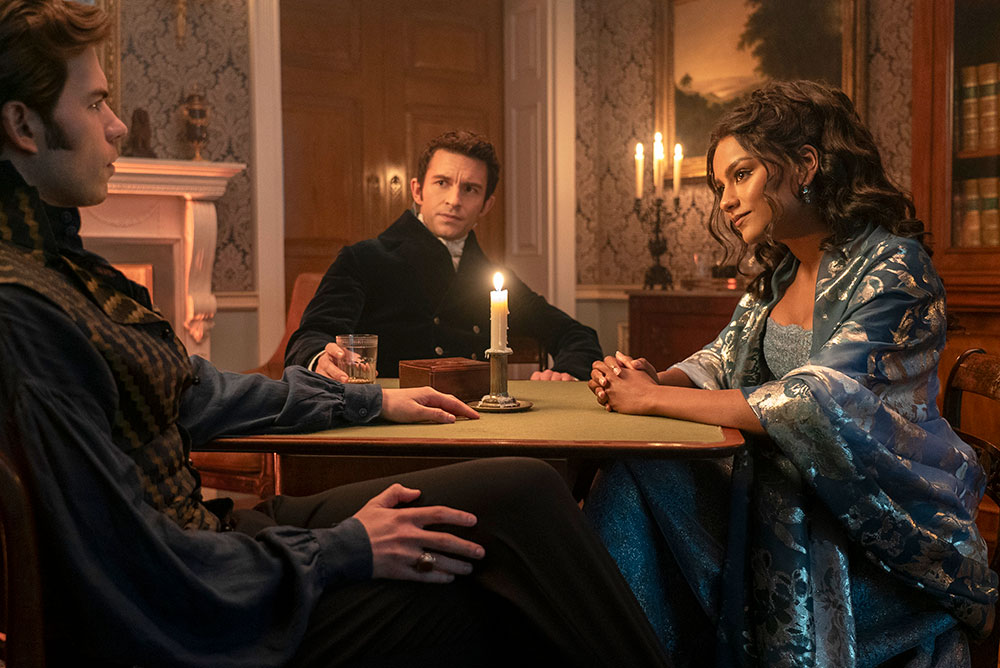
The scale-based curves in the Exposure, Hue and Saturation channels are also derived from the new perseptual colour space, and support image stability and uniformity for scene-referred image processing. Using tools like Dfuse, Halation and Flare adjustments has been a means of ensuring Bridgerton maintains a consistent visual atmosphere, especially when filming in England with its unstable conditions and seasonal changes.
Pankaj also had to maintain this brand consistency throughout the constantly developing narrative. “If you compare episode one of Bridgerton to the last episode of season three, you’ll see that, gradually and organically, the look has evolved,” he said. “It’s developed in keeping with the story, as the narrative in season one was very different to season two, where you have the cast of Indian actors, for example. This brought in multiple elements of the Indian culture, which we wanted to celebrate.”
Deliverables - HDR and SDR
The workflow has remained much the same across all seasons, from conform to finishing and VFX. However, the handling of the HDR has evolved slightly. The HDR version was delivered in Dolby Vision, which meant making sure the viewers’ experience was not altered in HDR compared to SDR.
“For the HDR pass, we wanted to bring back the simplicity of our look, so the audience can see how beautiful it is, rather than overly saturated or blinding,” Pankaj commented. “It's about maintaining a balanced atmosphere.”
“When shooting with lamps and through atmospheric conditions like mist or ocean views, one of my challenges was to preserve the softness and natural feel. Transitioning to HDR can sometimes overwhelm these nuances, causing lamps to glare and altering skin tones and contrasts.”
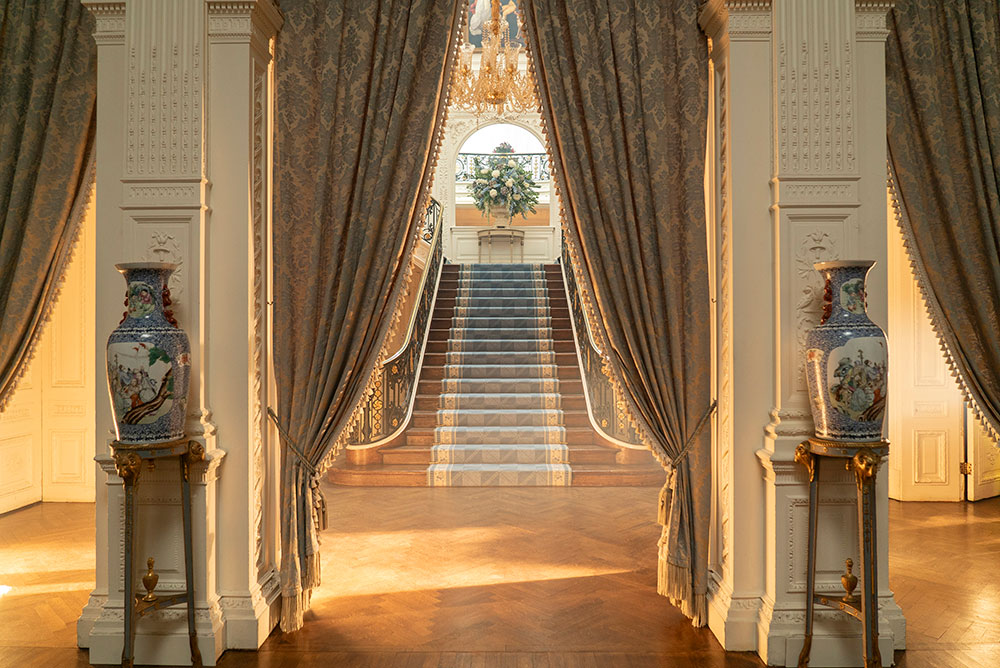
To support this, Pankaj used Baselight’s Base Grade tool and its integration with film grading techniques. Because Base Grade was developed in preparation for HDR, its algorithms aren’t based on either video signals or film, but on human vision, or perception. Base Grade works the same way in all colour spaces and performs the same way for the colourist with footage for any camera.
It has per-zone luminance controls, colour and saturation controls, with balance and contrast adjustment. Flare, mentioned above, influences the lower part of the curve by defining the zero point to use when restoring the real brightness ratios from the set. For the zones, Pivot allows you to adjust the starting point of the zone, and Falloff describes the transition until a zone has full effect.
“Base Grade was critical for creating custom LUTs tailored to each shot within HDR's technical constraints,” Pankaj remarked. “This approach allowed precise control over brightness values and texture enhancement, which are needed to maintain a consistent viewer experience while enriching the HDR visuals.”
All series of Bridgerton, including the most recent series three, are now streaming on Netflix. www.filmlight.ltd.uk





